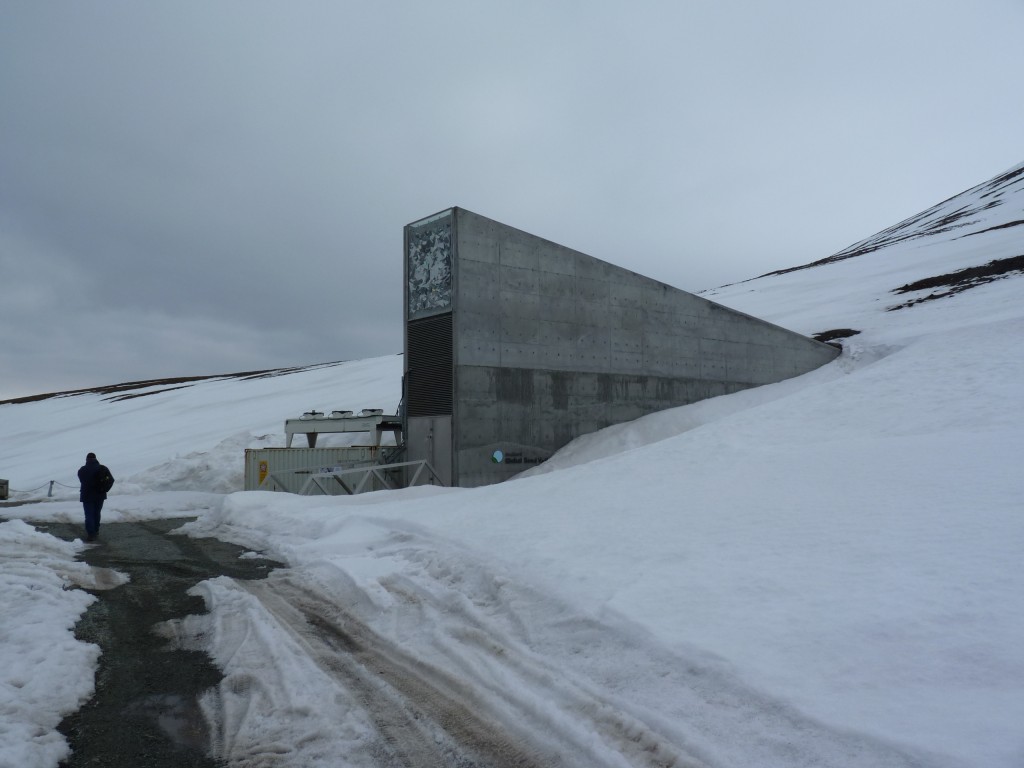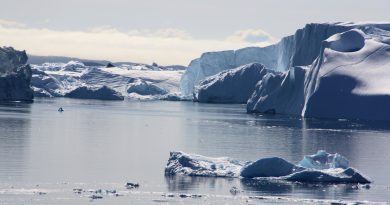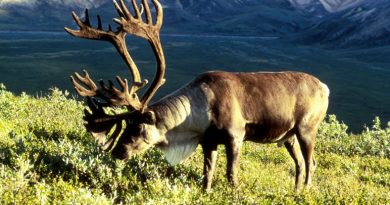Ice-Blog: Birthday gift for Svalbard seed vault
On the Arctic island of Svalbard in the Spitsbergen archipelago, 1500 kilometers from the North Pole, special deliveries are arriving this week.
Twenty thousand new seed samples from around the world are being deposited in the Global Seed Vault, which I was privileged to visit in 2010.
Far below a mountain of permafrost, the seeds are secured for future generations. Here they are safe from war, earthquakes, tsunamis and other catastrophes. The “Doomsday Vault”, as it is sometimes called, was set up on Svalbard six years ago. Some 800,000 different seed samples have since been brought north. This week marks six years of the seed vault, ten years since the Global Crop Diversity Trust (GCDT), was opened.

(I. Quaile, 2010)
Farm crop diversity dwindling
“We need to conserve the diversity of the major crops, in order to be able to feed the world in the future. This diversity is really the building blocks for the future of agriculture. And agriculture is up for some major challenges,” Marie Haga, the Executive Director of GCDT, told me in an interview as she prepared to head for Svalbard for an anniversary board meeting.
“We need to feed one billion more people in the next ten years and we have to do this in the midst of climate change.”
At the same time, many species of food crop are disappearing, she explained. “Since 1900, the US has lost 90% of the diversity of its fruit and vegetables in the fields. That is dramatic.”
Haga said there are similar events being documented in European countries, including major food producing nations like Spain.
“In the 1970s, Spain had 400 varieties of melons in the fields. Today they have only 12. We we are losing diversity out there in farmers’ fields because of the way we do agriculture,” Haga said. “That’s why it is so important that we conserve these seeds in seed banks around the world.”
Haga believes that by saving seeds and preserving a diverse collection of plant genes, we will be prepared for the climate challenges of the future.
“The temperature is increasing globally. The weather is more unpredictable,” she said. “We know we will not dramatically change the way we do agriculture over the next few years. And that means we are even more dependent on these seeds that are stored in plant gene banks around the world.”

War and disaster endanger crop diversity
GCDT supports an international network of gene banks which collect seeds from their particular region. But in the event of war or natural disaster, these facilities may be vulnerable to damage.
“We know we have lost plant gene banks in the Philippines for instance, in floods and fires. Very important gene banks have been lost in Afghanistan, These days we are very concerned about what is happening to a very important seed bank in Aleppo in Syria. Something could happen to the very important diversity of wheat we have in that seed bank. ”
But the Svalbard Seed vault is considered one of the safest seed storage sites in the world. “It is in permafrost and we know that will last for a long time even though the climate is changing,” said Haga. “The seed vault is far above sea level. It is in a very stable part of the world. There are no earthquakes and it’s a politically stable area.”
As the conflict in Syria continues, the seed bank there is in danger. But the same seeds are also stored at the site in Svalbard. “So if something happens to the gene bank in Syria, we know it is possible to retrieve the material on this island in the far north.”
This week 20,000 new samples are arriving on the Arctic island to mark the seed bank’s tenth anniversary,
“For the first time we will get a substantial deposit of seeds from Japan, which is important. We know Japan has gone through terrible stresses with the tsunami and earthquakes.”
So far, the “Doomsday Vault” has never been called on to release its underground treasures – but they are ready if the need should arise.
“There are lots of uncertainties around the globe, some man-made, some by natural disasters. In case something were to go terribly wrong, we know it’s a very unique possibility to go to Svalbard and retrieve material lost out there in the real world.”





